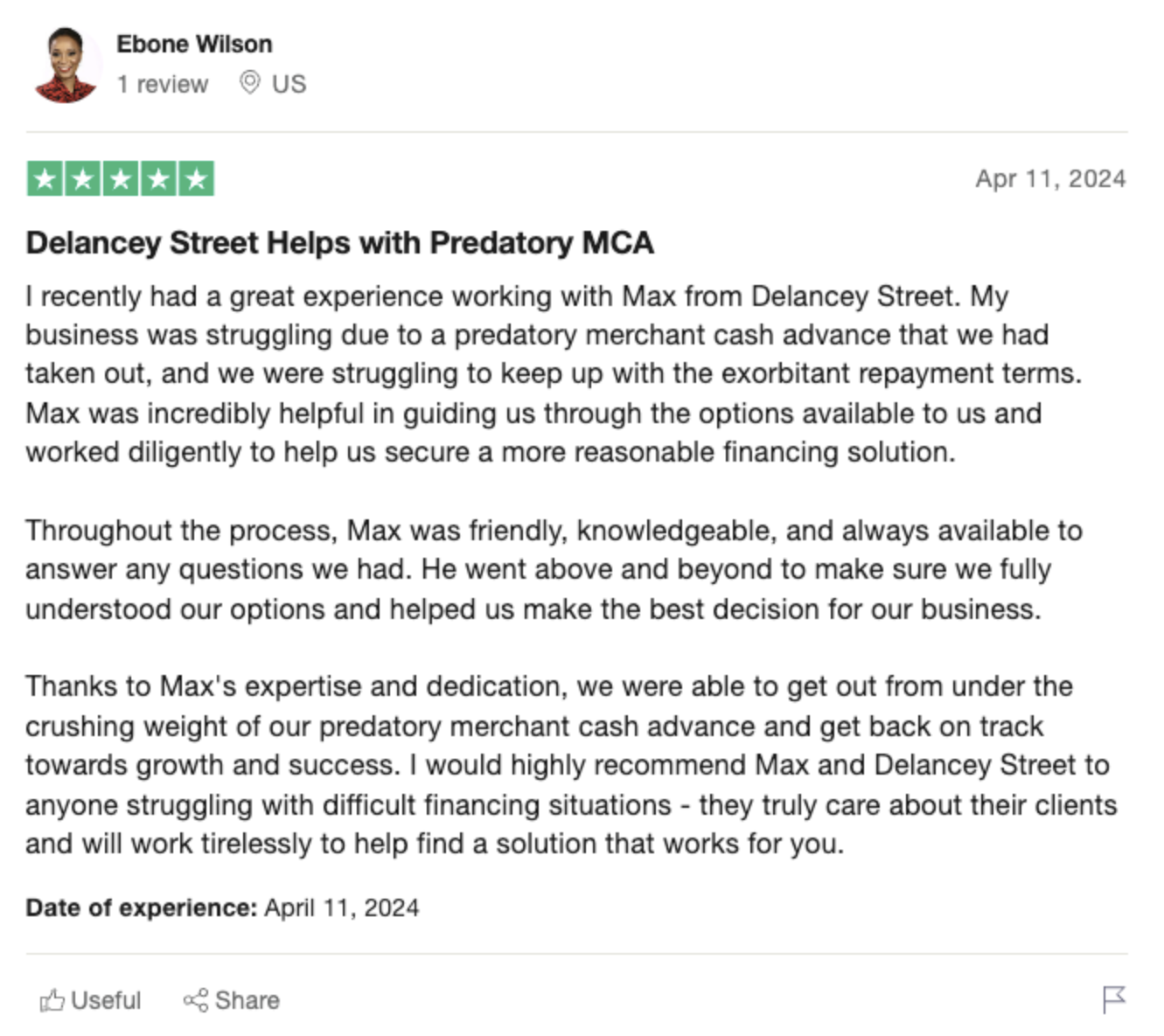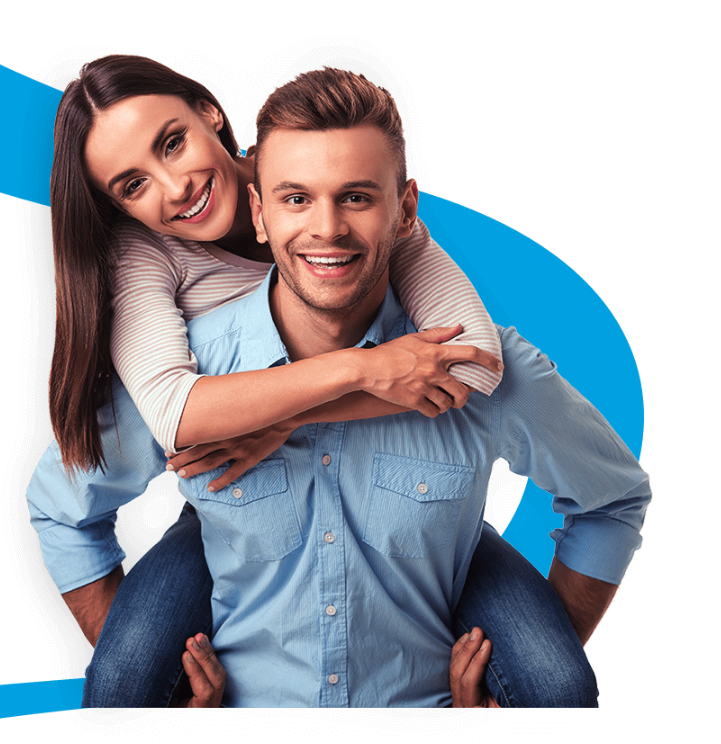Debt Consolidation: Finding Your Path to Financial Freedom
Understanding Debt Consolidation
When you think about debt consolidation, what comes to mind? Perhaps you’re envisioning a single, manageable monthly payment, reducing the stress of juggling multiple bills. The concept is straightforward, but the execution requires careful consideration. You need to assess your financial situation, understand the types of debt consolidation options available, and choose the right path. Imagine you’re at a fork in the road, each path representing a different debt consolidation strategy – it’s crucial to choose wisely.
Debt consolidation typically involves combining multiple debts into a single loan with a lower interest rate. It sounds simple, but there are nuances. For instance, you might consider a balance transfer credit card, which offers a 0% introductory APR for a set period. Alternatively, a personal loan might be more suitable, providing a fixed interest rate and predictable monthly payments. Each option has its pros and cons, and your choice depends on your specific circumstances. Picture yourself weighing these options, like choosing ingredients for a recipe – each decision impacts the final outcome.
 -
-Next, you need to look at the details – fees, terms, and conditions. For example, a balance transfer card might have a high fee after the introductory period. A personal loan could have prepayment penalties or origination fees. These are the fine prints you must consider. It’s like reading the ingredients on a food label – you need to know what you’re getting into. Let’s dive deeper into these options, exploring real-life scenarios and practical advice.
Balance Transfer Credit Cards
Balance transfer credit cards can be a lifesaver if you have high-interest credit card debt. Imagine transferring your existing balances to a new card with a 0% introductory APR – it’s like getting a financial breather. But beware of the traps. These cards often come with balance transfer fees, typically 3-5% of the transferred amount. Additionally, the 0% APR period is limited, usually 12-18 months, after which the interest rate can skyrocket. It’s like getting a free trial period, but you need to plan for what happens next.
To maximize the benefit, you should aim to pay off your debt within the introductory period. Think of it as a race against time – you need to stay ahead. If you don’t, you could end up with even higher interest rates than before. This option is best suited for disciplined individuals who can commit to a repayment plan. Let’s say you have $10,000 in credit card debt with an average interest rate of 18%. Transferring this to a card with a 0% APR for 18 months could save you significant interest, provided you pay it off in time.
 -
-Personal Loans
A personal loan is another effective debt consolidation tool. Unlike credit cards, personal loans offer fixed interest rates and set repayment terms, giving you predictability and stability. Imagine you’re building a budget – knowing exactly what you’ll pay each month helps you plan better. However, personal loans may come with origination fees and prepayment penalties. It’s crucial to shop around, comparing offers from different lenders to find the best terms. Think of it like shopping for a car – you wouldn’t just buy the first one you see.
For example, you might find a personal loan with a 7% interest rate and a three-year term. If you have $15,000 in credit card debt at 20% interest, consolidating into a personal loan could save you a substantial amount in interest over time. However, ensure you understand the loan’s terms – hidden fees can erode your savings. It’s like checking the fine print on a contract – essential to know before signing.
Home Equity Loans and HELOCs
If you’re a homeowner, leveraging your home’s equity through a home equity loan or line of credit (HELOC) might be an option. These loans typically offer lower interest rates since they’re secured by your home. It’s like using your home as collateral. However, this comes with significant risk – if you default, you could lose your home. Imagine balancing on a tightrope – it’s possible to cross safely, but the stakes are high.
 -
-A home equity loan provides a lump sum with fixed interest rates and monthly payments, much like a personal loan. On the other hand, a HELOC operates more like a credit card – you draw funds as needed and pay interest only on what you borrow. Consider your financial habits and needs when choosing between these options. For instance, if you need flexibility, a HELOC might be better. But if you prefer predictability, a home equity loan could be the way to go.
Pros and Cons of Debt Consolidation
Debt consolidation offers numerous benefits, but it’s not without drawbacks. Understanding these can help you make an informed decision. On the positive side, consolidating debt can simplify your financial life, reduce your monthly payments, and potentially lower your interest rates. Imagine having a single monthly payment instead of multiple bills – it’s like decluttering your financial space.
However, there are downsides. Debt consolidation can sometimes extend the repayment period, meaning you might pay more in interest over time. It’s like taking a longer route to reach your destination – you might avoid steep climbs but end up covering more ground. Additionally, if you’re not careful, you could accumulate more debt. Think of it like a diet – if you don’t change your habits, the weight can creep back.
 -
-Practical Steps for Successful Debt Consolidation
- Assess Your Financial Situation: Before jumping into debt consolidation, take a comprehensive look at your finances. Gather all your debts, interest rates, and monthly payments. Think of it as taking inventory before a big move.
- Explore Your Options: Research different debt consolidation methods – balance transfer cards, personal loans, home equity loans, and HELOCs. Compare interest rates, fees, and terms. It’s like shopping for the best deal.
- Create a Repayment Plan: Once you’ve chosen a consolidation method, develop a realistic repayment plan. Set a budget and stick to it. Imagine setting a fitness goal – it requires discipline and consistency.
- Monitor Your Progress: Regularly review your financial situation to ensure you’re on track. Adjust your plan as needed. It’s like navigating a journey – sometimes you need to change course.
- Seek Professional Advice: If you’re unsure about the best path, consult a financial advisor. They can provide personalized advice based on your situation. Think of them as a guide – helping you navigate the terrain.
- Stay Committed: Debt consolidation is a tool, not a magic solution. Stay committed to your financial goals. Avoid accumulating new debt. It’s like maintaining a healthy lifestyle – requires ongoing effort.
Hypothetical Scenarios
Imagine you have $20,000 in credit card debt with an average interest rate of 22%. You’re struggling to keep up with the payments, and the stress is overwhelming. You decide to explore debt consolidation. After researching, you choose a personal loan with a 7% interest rate and a five-year term. This reduces your monthly payments and total interest paid. You create a budget, stick to it, and gradually pay off the loan. Over time, your credit score improves, and financial stress diminishes.
Another scenario: You’re a homeowner with $50,000 in various debts. You consider a HELOC, leveraging your home’s equity. The HELOC offers a lower interest rate, and you only borrow what you need. You use it to pay off high-interest debts and save on interest. However, you remain cautious, knowing that your home is on the line. You make regular payments, avoid new debt, and gradually regain financial stability.
Conclusion
Debt consolidation can be a powerful tool for managing debt and achieving financial stability. By understanding your options, assessing your situation, and creating a solid plan, you can take control of your finances. Imagine reaching a point where debt no longer controls your life – it’s within your reach. With careful planning and commitment, you can navigate the path to financial freedom.







